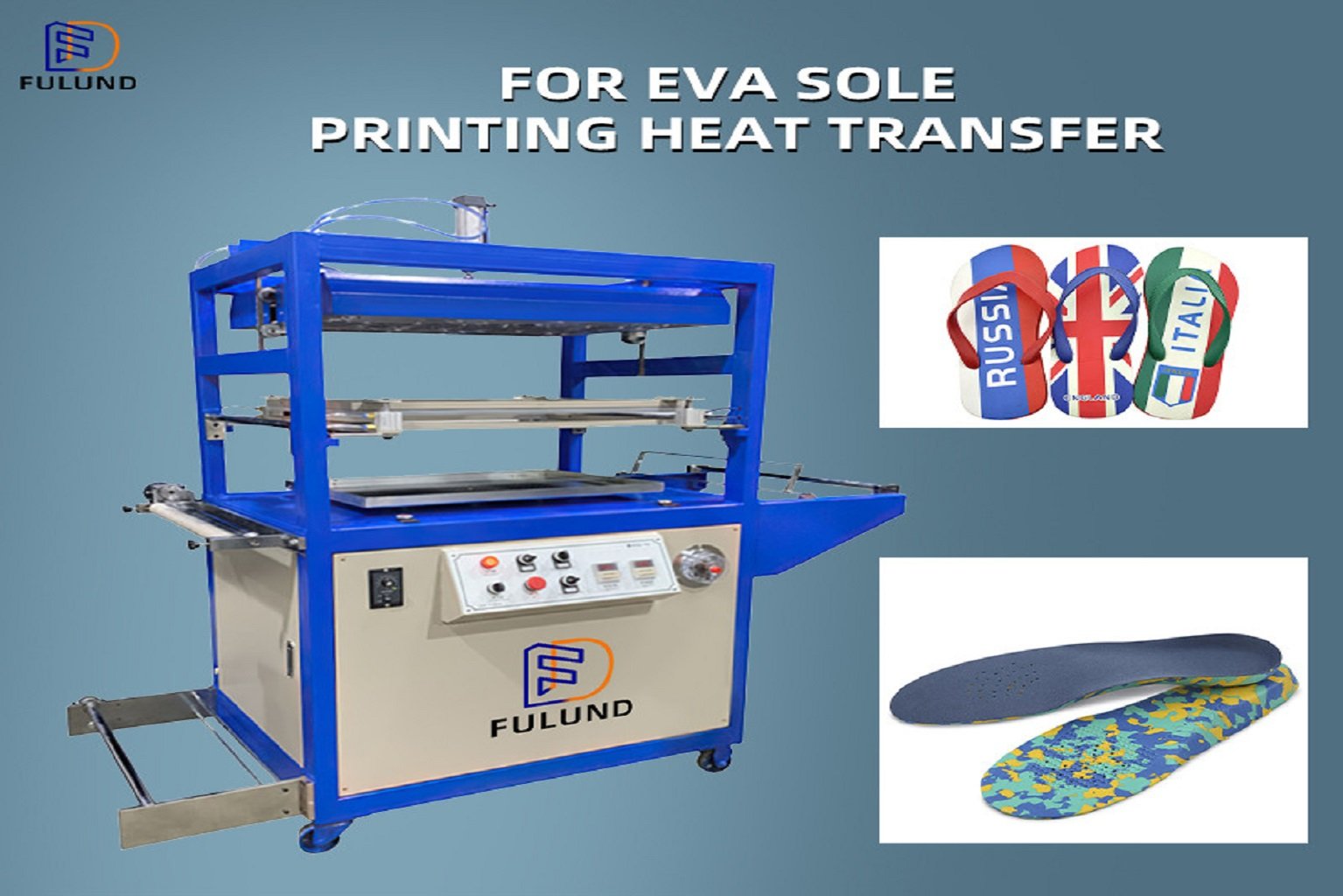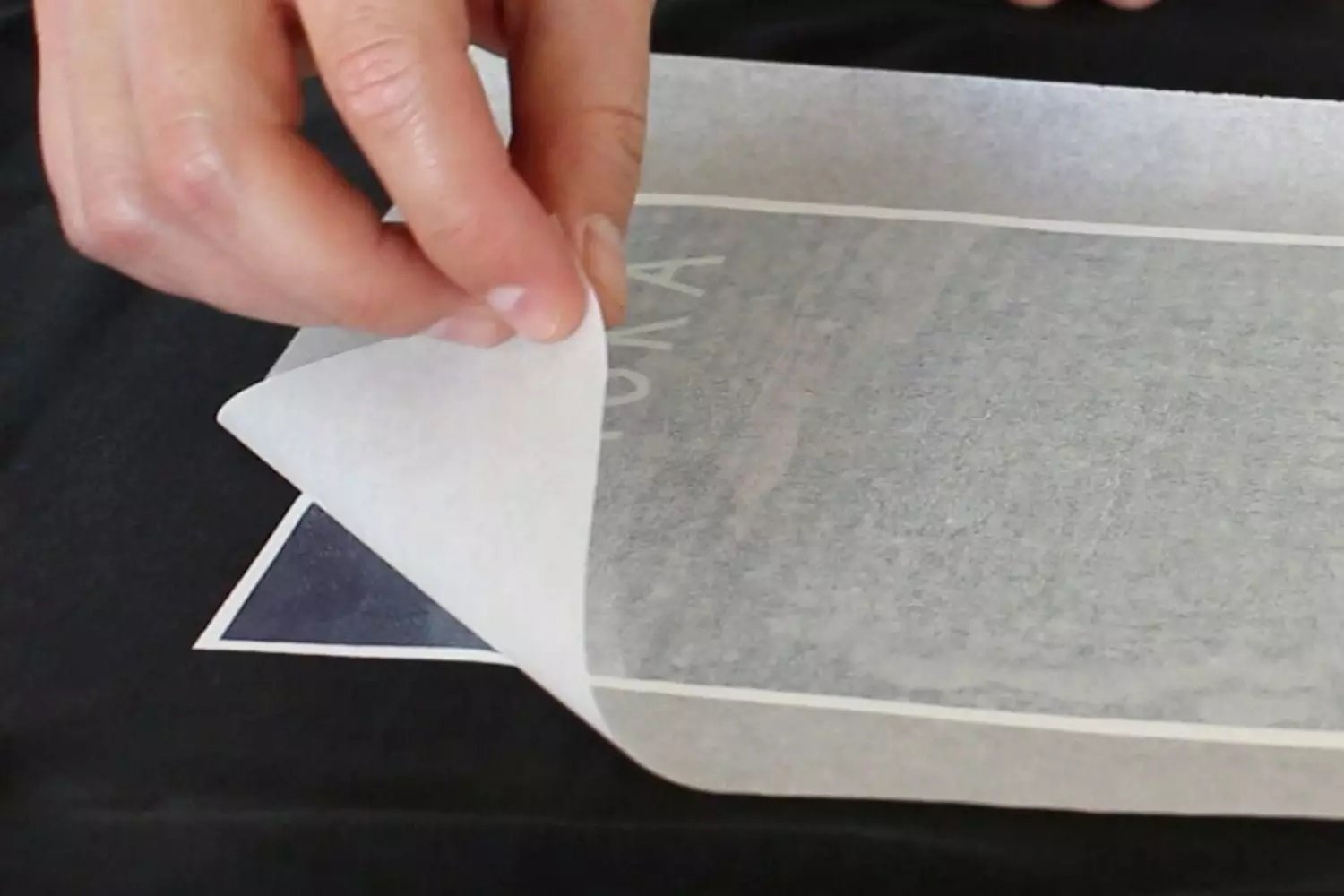Are you unsure about the best printing method for your plastic slippers? It’s a common question! Choosing the right method ensures your designs look great and last long.
Heat transfer printing is generally more durable than inkjet printing for plastic slippers. Heat transfer creates a stronger bond with the material, leading to a longer-lasting, more vibrant design.

However, there’s more to it than just durability! Let’s get into some more detail.
Inkjet Printing for Slippers: Is it a Good Idea?
Worried that inkjet printing might not be up to the task? You’re right to be concerned. Let’s see what it involves.
Inkjet printing directly applies ink to the slipper’s surface. While it offers vibrant colors and design flexibility, it’s not always the most durable choice for plastic slippers.

Inkjet printing can be a good choice if you are looking for:
- Complex gradients and photo-realistic images on the slipper’s upper.
- Very small production runs or personalized products.
- Lower initial setup costs since it doesn’t require plates or screens.
However, for my B2B clients who focus on bulk orders and enduring quality, inkjet printing often falls short. Inkjet prints are more susceptible to scratching, fading, and wear, especially with regular use and exposure to water or sunlight.
Here’s a small table that summarizes the advantages and disadvantages
| Feature | Advantage | Disadvantage |
|---|---|---|
| Print Quality | Excellent for detailed images | Can be less vibrant on certain plastics |
| Durability | Lower | Prone to scratching and fading |
| Cost | Low setup cost | Ink can be expensive for large production runs |
| Best For | Small batches, personalized items | Not ideal for high-volume, durable applications |
Heat Transfer Printing: A Lasting Impression?
Want a method that can withstand the wear and tear of daily use? Heat transfer might be the answer! This is how it works.
Heat transfer printing involves printing a design onto a special paper, then using heat to transfer the design onto the slipper. This creates a more permanent bond and a durable, long-lasting image.

From my experience, heat transfer is often the preferred method for my B2B clients who prioritize durability and longevity. The process involves several steps: the design is first printed on transfer paper using special inks. Then, the paper is placed on the slipper, and a heat press applies heat and pressure. This causes the ink to vaporize and bond with the plastic material, creating a robust and lasting image.
Here’s a table illustrating the key advantages and disadvantages of heat transfer printing:
| Feature | Advantage | Disadvantage |
|---|---|---|
| Print Quality | Good color vibrancy and detail | Can be limited by the size of the transfer paper |
| Durability | High, resistant to wear and fading | May not be suitable for extremely complex gradients |
| Cost | Cost-effective for large runs | Higher initial setup costs |
| Best For | Large-scale production, durable designs | Best suited for solid colors and vector graphics |
For these Who need a reliable and consistent supply of high-quality slippers, heat transfer offers the peace of mind that the designs will hold up over time. The enhanced durability minimizes the risk of returns and customer complaints, which is a big win for brand reputation.
Conclusion
Ultimately, heat transfer printing offers superior durability for plastic slipper patterns. It’s a great option for B2B customers who prioritize long-lasting quality.

